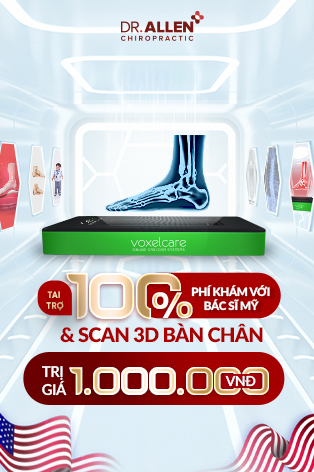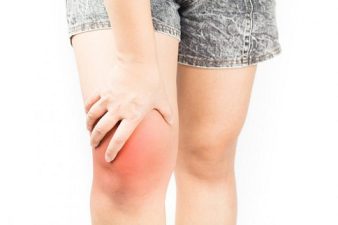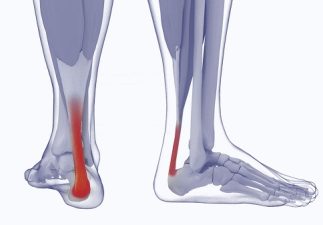Living with a herniated disc can be challenging and painful, but various treatments can speed up healing, reduce pain, and potentially get rid of the herniated disc altogether. This blog post aims to explore some of these advanced options, from injections and platelet-rich plasma to stem cell therapy and disc replacement.
How to Heal a Herniated Disc Quickly
In many cases, herniated discs can heal over time with conservative treatments like rest, physical therapy, and medication. However, when these aren’t enough or when the situation is more severe, there are several options available that might speed up the process.
Injections: These can provide swift relief by delivering medication directly to the site of the herniation. For example, an epidural injection for a herniated disc involves injecting steroids into the epidural space around the spinal cord to reduce inflammation and pain. Similarly, a herniated disc might be treated with an injection of hyaluronic acid, which acts as a lubricant and shock absorber in the spine. However, these injections come with potential side effects such as infection, bleeding, and in rare cases, nerve damage.
Platelet-Rich Plasma (PRP): PRP therapy involves injecting the patient’s own platelets into the affected area to stimulate healing. While this treatment shows promise, more research is needed to fully understand its effectiveness for herniated discs.
Stem Cell Therapy: This cutting-edge treatment involves injecting stem cells into the herniated disc to promote regeneration of the disc tissue. Initial studies and reviews show promise, but the success rate varies, and the treatment is still under extensive research. It’s also worth noting that the FDA currently has a cautious stance on stem cell treatments, urging patients to seek treatment from reputable providers and to understand that the therapy might not be covered by insurance.
How to Fix Specific Disc Herniations
In cases of a herniation at a specific location, like the C5-C6 disc (which is one of the most common sites of disc herniation), the treatment approach may be similar to what’s described above. The key is to target the specific area of the spine with physical therapy, injections, or possibly surgery.
Herniated Disc Replacement
For patients with severe or persistent symptoms, disc replacement surgery might be an option. This procedure involves removing the herniated disc and replacing it with an artificial one. This can relieve pressure on the spinal nerves, thus reducing pain. Disc replacement has the benefit of preserving more spinal motion compared to spinal fusion, which is another common surgical treatment. However, as with any surgery, it carries potential risks such as infection, nerve damage, and reactions to the artificial disc.
In Conclusion
Healing from a herniated disc involves understanding your options and working closely with your healthcare provider to decide the best course of action. While this blog post offers an overview of the advanced treatments available, it’s crucial to consult with a medical professional to understand the potential benefits, risks, and costs associated with each option. The journey to recovery may take time and patience, but with the right approach, relief is within reach.
Chiropractic Treatment for Herniated Discs
The approach of chiropractic treatment for herniated discs is typically holistic and patient-centered, aiming to provide relief without surgical intervention or drugs.
Spinal Manipulation: This is the most well-known chiropractic technique, also called chiropractic adjustment. The chiropractor applies a controlled, sudden force to the affected spinal joint, which may help to align the spine, improve spinal function, and alleviate pain. This technique, when done correctly by a professional, is considered safe but should not be performed if certain contraindications exist, like severe osteoporosis or spinal cancer.
Flexion-Distraction Technique: This is a gentle, non-thrust type of spinal manipulation often used for herniated disc treatment. The chiropractor uses a special table that distracts or stretches the spine, and by using a pumping action on the disc instead of direct force, the pressure on the disc can be reduced, leading to pain relief.
Pelvic Blocking Techniques: These methods involve placing cushioned wedges on the sides of the patient’s pelvis, along with gentle stretches. This can help move the disc away from the nerve, reducing inflammation and pain.
Physical Therapy Modalities: Many chiropractors also employ physical therapy techniques, such as ice and heat therapy, electrical stimulation, or ultrasound to reduce inflammation and muscle spasm associated with herniated discs.
Exercises and Lifestyle Modifications: A chiropractor can provide exercises tailored to the patient’s condition, which can help strengthen the spinal muscles and prevent further injury. They may also offer advice on posture and ergonomics to help prevent disc herniation in the future.











